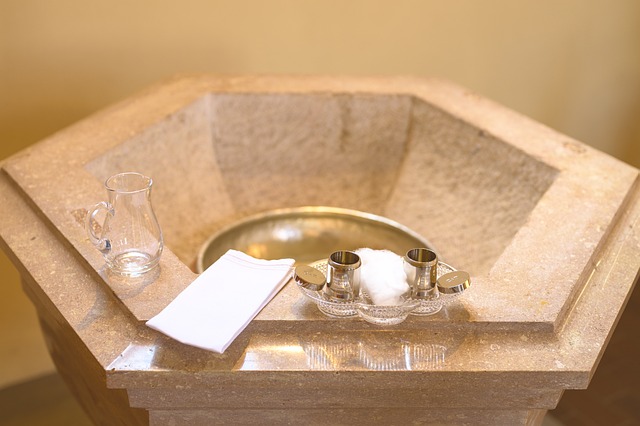Icons: Curator's Statement
Painting icons is a form of prayer.
~ George Ziobro
The Arts & Faith Ministry is pleased to offer a month-long exhibition of the work of “icon writer” George Ziobro.
To “write icons” is to engage in the still-living art practice of interpreting and rendering visually – in form, color, and story – scriptural content. (In Greek, the word for icon, separated into two words, means “holy” or “not of this world” and “to write.” See: “Why Icon Writing and not Painting?”) As a method of representing the heavenly, the craft of icon writing reflects theology as well as canonical and stylistic traditions that are centuries-old; while preserved by, and associated with, Eastern churches, icon writing has been adapted to religious and devotional traditions of Western Christianity.
The video embedded below offers exhibition viewers a brief history of this sacred art form:
In writing icons, practitioners either work from (that is, copy) outlines or create their own original images. The images might represent, for example, Jesus Christ, the Virgin Mary, the Holy Trinity, saints, angels, or events. The materials used usually are acrylic paints, egg tempera, wax and encaustic, or mosaics. Most of the icons in the exhibition have been written with egg tempera. A workshop that accompanies this show includes examples of icons in various stages of completion.
To aid viewers, George has prepared for and posted near each exhibition icon a brief description that includes a short biography of the saint or Bible setting depicted and a graphic of where the icon would appear on an iconostasis in an Eastern church. (An iconostasis, which may be constructed as a solid screen of stone, wood, or metal, physically separates the sanctuary from the nave.)
Used by the Orthodox Church to assist in worship, icons provide a “window to heaven” – a means to help focus attention on the divine; they themselves, however, are venerated only.
Maureen Doallas
Curator and Founder
Arts & Faith Ministry
